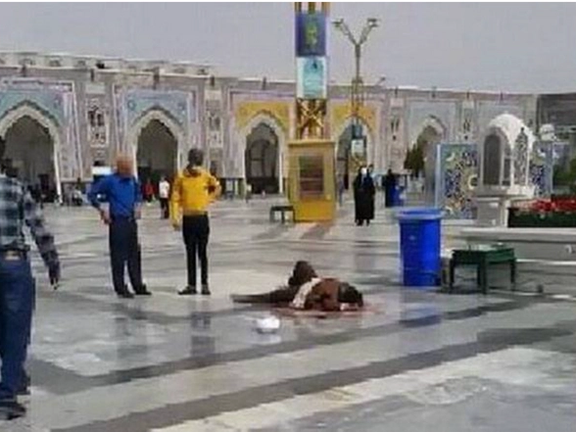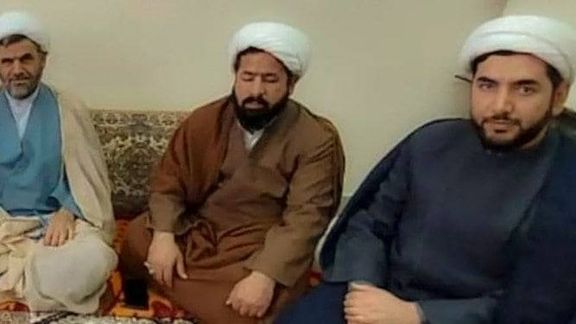One Shiite Cleric Dead, Two Wounded In Iran Stabbing Attack

In a rare incident Tuesday, a man said to be a foreigner, stabbed three clerics in Iran's largest Shiite shrine in Mashhad, killing one of them instantly.

In a rare incident Tuesday, a man said to be a foreigner, stabbed three clerics in Iran's largest Shiite shrine in Mashhad, killing one of them instantly.
The incident happened during the third day of the holy month of Ramadan at the shrine of Imam Reza, the eighth imam of Shiites, in the north-eastern city of Mashhad in Khorasan- Razavi Province despite the usual heavy security measures taken at the shrine.
Mahmoud Arefi, homicide prosecutor of Mashhad Public and Revolutionary Court, said Tuesday evening that two clerics wounded by the assailant were being treated at hospital and were in stable conditions. Iran's official and semi-official news agencies said the three clerics were seminary students and active volunteers in the slum areas of the city.
The official news agency IRNA posted a video of police arresting the assailant. Videos posted on social media show the victim, named as Mohammad Aslani, with the clerical rank of Hojjat ol-Eslam, in a pool of blood on the marble courtyard of the shrine after the stabbing.
Public and Revolutionary Prosecutor of Mashhad, Mohammad-Hossein Darrudi, said hours after the incident that five men were arrested in connection with the stabbing including the assailant and four suspected of collaborating with him.
Darrudi said the assailant was a "foreign national" and that further information would be announced after completion of the investigation. Iranian officials often refer to Afghan refugees and economic migrants living in Iran as "foreign nationals".

The political, social, and security deputy of Khorasan-Razavi Governor's Office, Hadi Tabatabaei, told Fars news agency that officials were meeting at the Governor's Office regarding Tuesday's stabbing and "various aspects of the incident" were being investigated.
The assailant's motive for the attack on the Shiite clerics in Mashhad is not clear. Some people on social media say they suspect a connection with the shooting of two Sunni clerics at a mosque in Gonbad Kavus, northernIran, two days earlier.
Some government supporters on social media have called the incident a terrorist attack by[Sunni] Wahhabis. Authorities have offered no explanation. They claim the attack was meant to cause strife between Iran's majority Shiites and Sunnis who constitute around 10 percent of the population.
An informed source speaking on condition of anonymity told Fars news agency that the assailant lived in the same Mashhad neighborhood as those he attacked. He also said that people in the neighborhood say the assailant had mental health issues and held personal grudges against the victims. However, this does not fit the theory that five other people helped the attacker.
Hostility towards clerics has been on the rise in Iran. In January a well-known cleric, Mohammadreza Zaeri, who often appears on state-controlled television programs, said people had a level of hatred and grudge against clerics that was creating a social crisis.
Zaeri said taxi drivers refused to pick him up and that he had been spat on and sworn at a few times recently. Another cleric, the reformist Mohammad-Taghi Fazel-Meybodi, also said in January that clerics and seminary students were avoiding their usual garb for fear of being insulted in public.
In late December, it was reported that a woman had been arrested at an earlier date in the religious city of Qom, after swearing at a cleric and trampling on his turban because he had hit her on the head with his cane for not complying with hijab rules.
Many Iranians see the clergy as responsible for their economic hardship and lack of social freedoms.